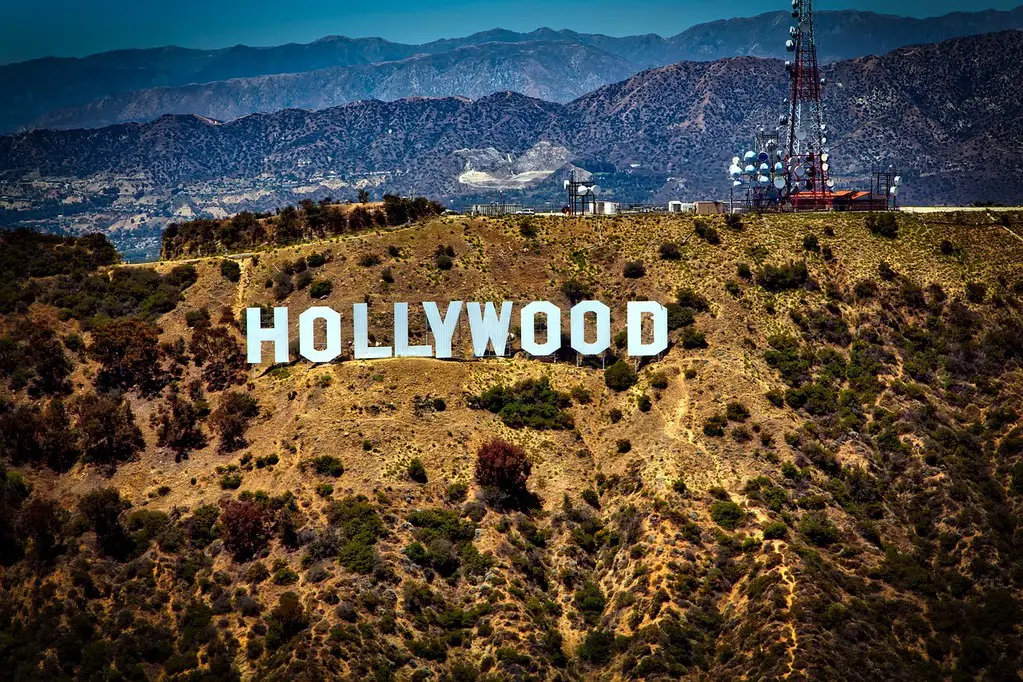
California’s weather was a major driving force for why the movie industry set up shop in sunny California in the early 1900s. What better place to make a movie without contending with cold temperatures or storms with the added benefit of having over 300 days a year of sunshine. But there were a few more things at play that took movie-making from places like Chicago and New York and put it on the West Coast.
One thing that happened after 1909 was that movies were becoming increasingly popular, and an increase in production was needed to meet the demand. Again this had to do with the weather, but California, at the time, also had non-union labor, which made producing a movie in California significantly cheaper than on the East Coast where labor costs were higher. The availability of land was also not a problem in California, and it was inexpensive. Almost any location to suit a movie could be found close to downtown Los Angeles.
Another reason the movie industry thrived on the West Coast was because it was as far away from the East Coast as a movie maker could get, and this physical distance had almost everything to do with Thomas Edison. Thomas Edison had over a thousand patents to his name, and he had his name on many of the American patents that had to do with motion picture cameras.
Edison helped create the Motion Pictures Patents Company, which was also known as The Trust, and it gathered together other patent holders in the area of motion pictures. The Trust included the major film production studios of the day, a film distributor, and Eastman Kodak, the largest supplier of raw film stock. If anyone wanted to make a movie, they had to go through The Trust to do it, and if they didn’t, The Trust was known to take those to court who used a camera or projector that hadn’t been authorized by the consortium.
So filmmakers began the move to California to get out from under the thumb of Edison and his patent monopoly. It was far enough away that it made enforcing the patents difficult since coast to coast travel wasn’t like it is today. The courts in California were also less sympathetic to Edison’s patents. Filmmakers had everything they needed in California to feed the appetite of the hungry movie audiences without being harassed to do it.
Bonus Fact: The Studio Zone, also known as the “Thirty Mile Zone,” or TMZ, is centered at the southeast corner of Beverly Boulevard and La Cienega Boulevard in Los Angeles, California. It extends 30 miles from this point in every direction and is used by union film projects to determine driving distances and per diem rates for crew members.

